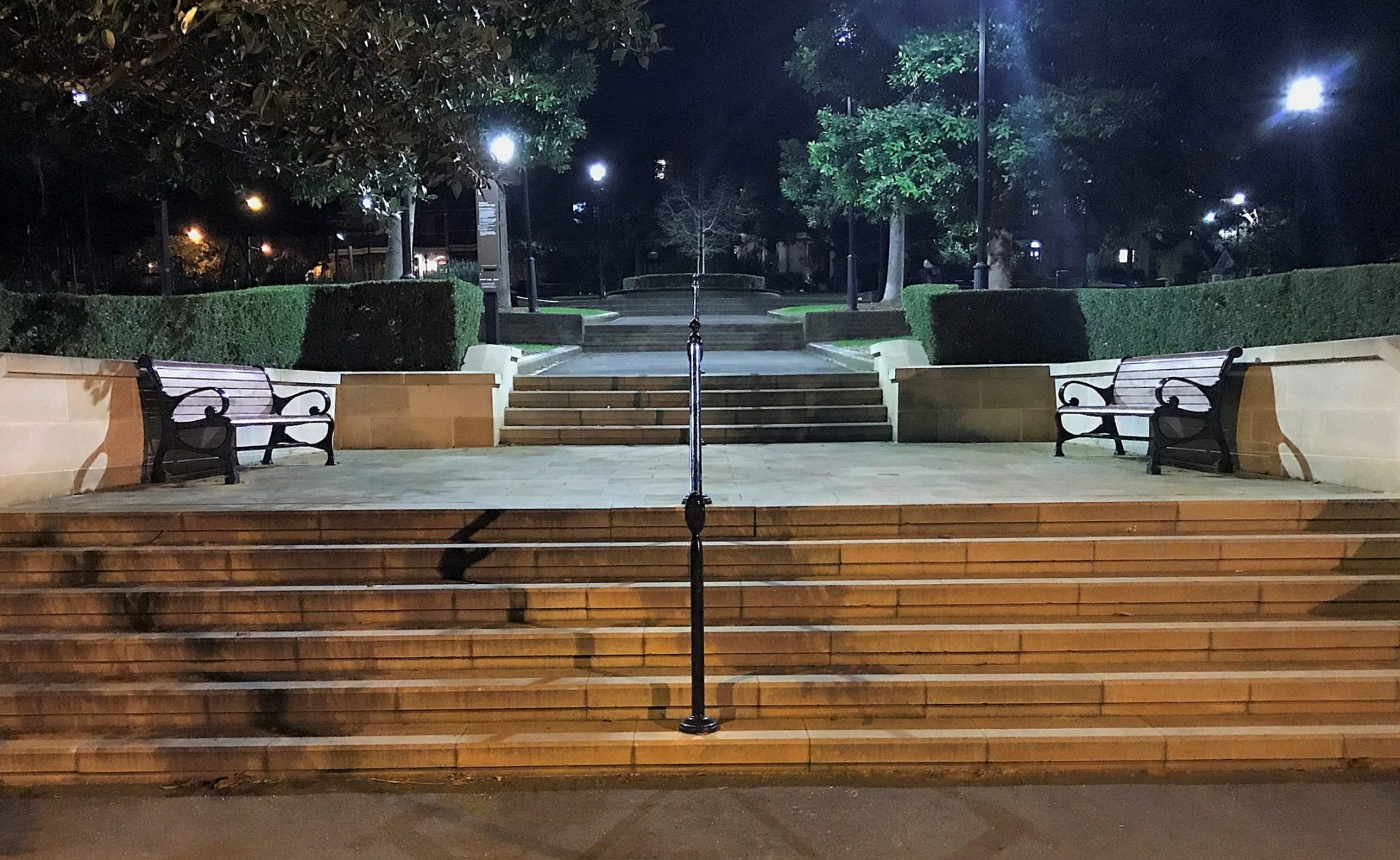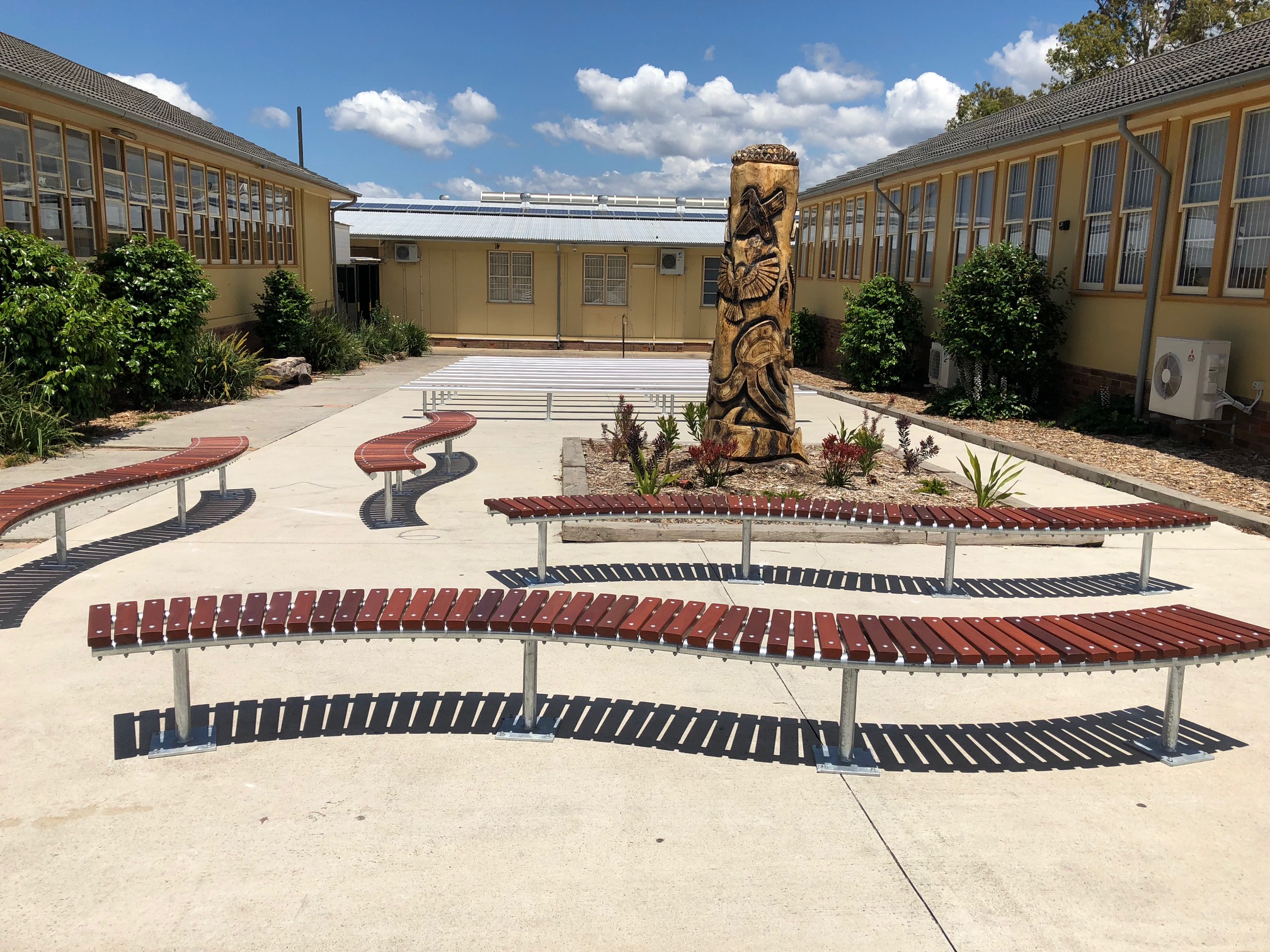Studies on the impact of environmental and spatial design in educational settings have proven what we all intuitively knew – physical environment impacts both social behaviour and learning outcomes.
Theories of environmental psychology have long held that elements of the physical environment have an impact on social attitudes and behaviour inside the classroom and beyond. Despite contemporary research supporting these theories, the design of outdoor playgrounds, lunch areas and non-classroom spaces has been something of an afterthought in schools, seen as having less of an impact than classrooms on the primary goals of educational institutions. However, contemporary approaches to integrative learning practices have started to take effect, leading to a higher level of intentionality when it comes to designing outdoor spaces that facilitate active learning and foster social connection and inclusivity.
Particularly in urban schools, where space is at a premium, much thought must be given to the best use and design of outdoor spaces. Each of the three learning modes (passive, active, and interactive learning) have specific spatial requirements, and particularly with the migration to greater levels of “outdoor classroom” usage, schools across Australia are finding it increasingly important to take a thoughtful approach to landscape and outdoor furniture design. Intentional planning of the outdoor environment of an educational institution fosters positive social behaviour and can facilitate a sense of community and belonging.
A study conducted in Malaysia found that the primary quality that students sought in a space to spend lunch or recess was “peacefulness”. Elements such as shelter, privacy, green space, and comfortable seating where students could gather with their friends were all highly valued. Most students spent their break times interacting with peers – and in fact, many rated “people watching” as one of their preferred activities during break time, which speaks to the high degree of curiosity which students tend to display about their peers and those around them at various developmental stages. Providing students with safe, peaceful seating areas with adequate garbage disposal receptacles and access to shade is therefore a key part of schools’ support of students’ social development.
One of the major issues of concern to teachers and learning facilitators is indiscipline and behavioural management. Disruptive behaviour has the compounded effect of negatively impacting a student’s own learning outcomes, while simultaneously distracting those around them. A key approach to promoting safe school culture is through focusing on intentional design of the outdoor environment of a school, as environment influences human behaviour. Planning of architectural and outdoor furniture elements can facilitate the development of social skills, as interaction is encouraged through special design, and can also lead to better learning outcomes.
Key reference:
 48
48 0
0
